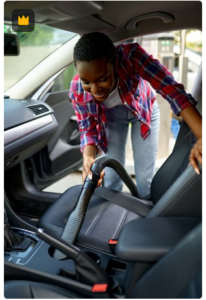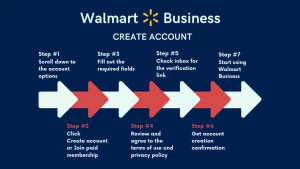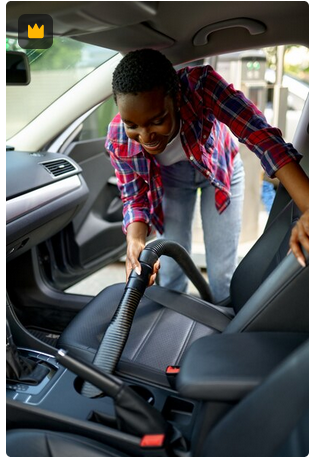A car scratch can be a very painful experience. Not only is it unsightly and detracts from your vehicle’s appearance, but it can also reduce its value. The process of repairing a scratch can be time-consuming, costly, and labor-intensive.
A scratch on your car can be caused by a variety of factors, including other drivers’ carelessness, road debris, or even your own actions. Whatever the cause, the end result is the same: a painful scratch on the surface of your car. The difficulty of the repair process can be determined by the depth and size of the scratch, with deeper scratches frequently necessitating more extensive repairs.
Repairing a scratch can be a time-consuming and complicated process. If the scratch is minor, you might be able to repair it yourself with touch-up paint and a buffer. If the scratch is deep or large, however, you may need to take your vehicle to a professional body shop. Depending on the severity of the scratch and the method used to repair it, the repair process can take anywhere from a few hours to several days.
The cost of repairing a car scratch is one of the most aggravating aspects. Even a small scratch can be costly to repair, with the cost rising dramatically if the scratch is deep or large. If your car is out of commission for an extended period of time, you may incur additional expenses such as rental car fees or missed work.
A car scratch is a painful experience that can lead to a lot of stress and frustration. The process of repairing a scratch can be time-consuming, costly, and labor-intensive. While it may not be possible to avoid scratches entirely, being cautious while driving and avoiding situations that may result in scratches can help reduce the risk of getting them.
How to Prevent Car Scratches
Fortunately, there are precautions you can take to avoid scratches and keep your car in good condition.
- Park in a safe location: When parking your car, choose a location that is out of the way of other vehicles and away from trees, walls, and other objects that could scratch your car.
- Use a car cover: A car cover can protect your vehicle from the elements, such as rain, snow, and wind, as well as other vehicles and objects that could scratch it.
- Be cautious when entering and exiting the vehicle: Scratches can occur if the door is opened too wide, so be aware of your surroundings and avoid brushing up against other objects or vehicles.
- Avoid using harsh cleaning products: Harsh cleaning products can damage your car’s paint and cause scratches. Instead, clean your vehicle with a soft cloth and a mild car-specific soap.
- Keys, coins, and other sharp objects can easily scratch the paint on your car, so be careful where you place them and keep them away from the paint.
- Wash your car in the shade: Washing your car in the shade can cause the soap to dry too quickly, leaving streaks and scratches on the paint. Wash your car instead in the shade or on a cloudy day.
- Repair your car with a professional: If you notice a scratch on your car, it’s best to have it repaired by a professional. They can decide on the best course of action and repair the scratch to reduce its visibility.
You can help protect your car from scratches and keep it looking good by following these simple tips. Remember to be aware of your surroundings and exercise caution when cleaning and washing your vehicle, and you’ll be well on your way to avoiding scratches.
Car Scratch Removal Instructions
Removing a scratch from a car can be a difficult task, but it is doable with the right tools and techniques. Here’s a step-by-step guide for removing a car scratch.
Step 1: Determine the Scratch’s Depth
The first step in removing a car scratch is determining the depth of the scratch. If the scratch is shallow, simple techniques can be used to remove it. However, if the scratch is deep, more advanced methods such as sanding and repainting may be required.
Step 2: Scrub the Area Around the Scratch
It is critical to clean the area around the scratch before attempting to remove it. This will prevent any dirt or debris from interfering with the repair process. To clean the affected area, gently wipe it down with a soft cloth and a mild soap solution.
Step 3: Get Rid of Surface Scratches
If the scratch is shallow and only affects the clear coat of the car, it can be removed with a simple technique called “polishing”. To polish a scratch, use an abrasive-containing car wax or polish. Apply a small amount of the product to a soft cloth and rub it in a circular motion into the scratch. This will remove the top layer of clear coat, reducing the visibility of the scratch.
Step 4: Repair Deeper Scratches
If the scratch is deeper and affects the car’s paint layer, more advanced methods may be required to remove it. Sandpaper is a common method for removing affected paint. To ensure that the area is smooth, begin with a coarse grit sandpaper and gradually progress to a finer grit.
Step 5: Apply Touch-Up Paint
Touch-up paint may be required after sanding the affected area. Purchase a touch-up paint that matches the color of your car to accomplish this. Allow the touch-up paint to dry completely after applying it to the affected area.
Step 6: Wax the Area
After the touch-up paint has dried, the area should be waxed to protect the paint and restore the shine. Apply a high-quality car wax in a circular motion with a soft cloth.
Step 7: Examine the Repair
After finishing the repair, inspect the area to ensure that the scratch has been effectively removed. If the repair isn’t satisfactory, more sanding and touch-up paint may be required.
Finally, if the scratch is shallow, removing it from a car can be a relatively simple process. However, if the scratch is deep, more advanced methods such as sanding and repainting may be required. It is possible to effectively remove a scratch from a car and restore its appearance with the right tools and techniques.











+ There are no comments
Add yours